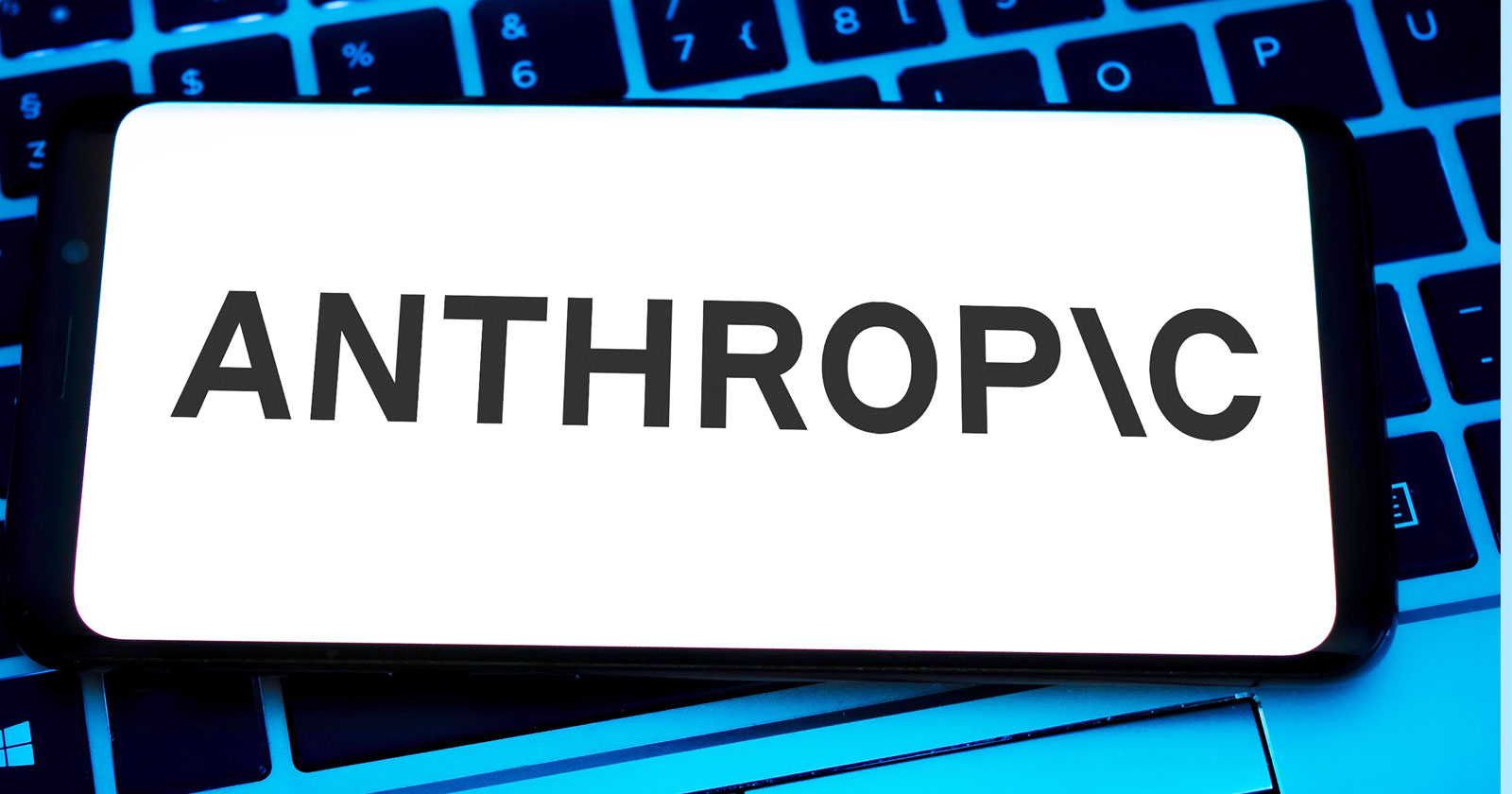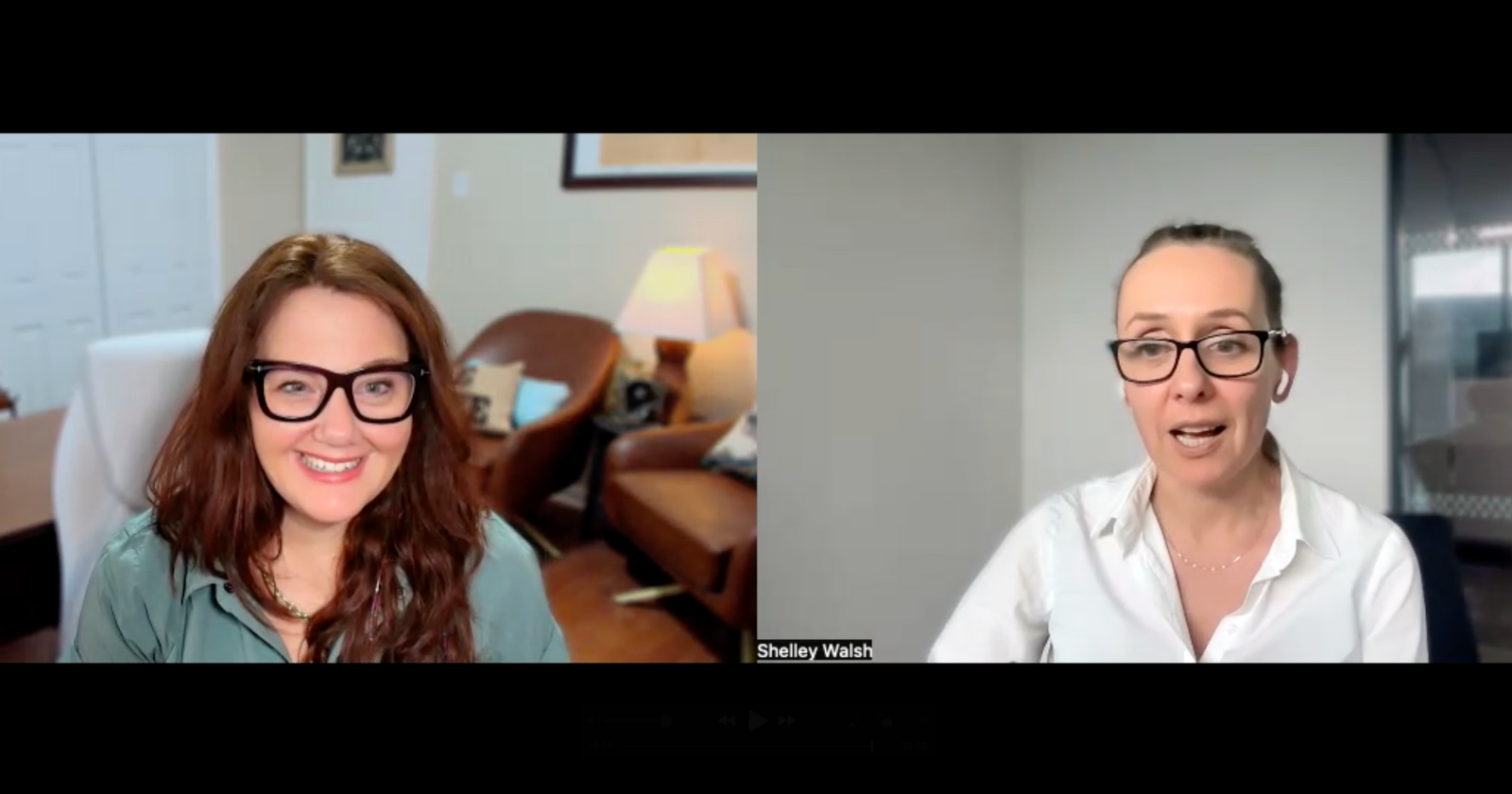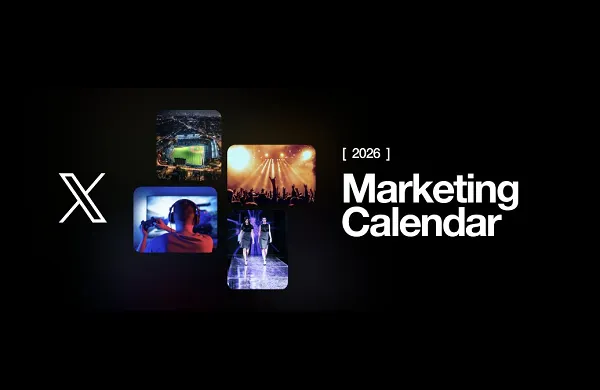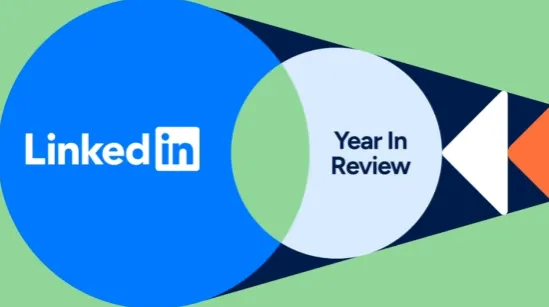Google CTRs Drop 32% For Top Result After AI Overview Rollout via @sejournal, @MattGSouthern
A new analysis finds Google’s top organic CTR dropped from 28% to 19% following the expansion of AI Overviews, highlighting how behavior is changing. The post Google CTRs Drop 32% For Top Result After AI Overview Rollout appeared first...

A new study from GrowthSRC Media finds that click-through rates (CTRs) for Google’s top-ranking search result have declined from 28% to 19%. This 32% drop correlates with the expansion of AI Overviews, a feature that now appears across a wide range of search results.
Position #2 experienced an even steeper decline, with CTRs falling 39% from 20.83% to 12.60% year-over-year.
The research analyzed more than 200,000 keywords from 30 websites across ecommerce, SaaS, B2B, and EdTech industries. Here are more highlights from the study.
Key Findings
According to the report, AI Overviews appeared for just 10,000 keywords in August 2024. By May 2025, that number had grown to over 172,000.
This expansion followed the March core update and was confirmed during Google’s full U.S. rollout announcement at the I/O developer conference.
These developments appear to contrast with comments from Google CEO Sundar Pichai, who said in a Decoder interview with The Verge:
“If you put content and links within AI Overviews, they get higher click-through rates than if you put it outside of AI Overviews.”
CTRs Shift Downward and Upward
While top positions saw notable declines, the study observed a 30.63% increase in CTRs for positions 6 through 10 compared to the previous year. This suggests that users may be scrolling past AI-generated summaries to find original sources further down the page.
Across positions 1 through 5, the study reported an average CTR decline of 17.92%. The analysis focused on approximately 74,000 keywords ranking in the top 10.
Major Publishers Report Similar Trends
The findings align with reports from major publishers. Carly Steven, SEO and editorial ecommerce director at MailOnline, told attendees at the WAN-IFRA World News Media Congress that CTRs drop when AI Overviews are present.
As reported by Press Gazette, Steven explained:
“On desktop, when we are ranking number one in organic search, [CTR] is about 13% on desktop and about 20% on mobile. When there is an AI Overview present, that drops to less than 5% on desktop and 7% on mobile.”
MailOnline’s broader data showed CTRs falling by 56.1% on desktop and 48.2% on mobile for keywords with AI Overviews.
Ecommerce Affected by Product Widgets
The study also highlighted changes in ecommerce performance tied to Google’s Product Widgets.
Widgets like “Popular Products” and “Under [X] Price” began appearing more frequently from November 2024 onward, especially in categories such as home care, fashion, and beauty.
These widgets open a Google Shopping interface directly within search results, which may reduce clicks to traditional organic listings.
Methodology
GrowthSRC analyzed year-over-year data from Google Search Console across clients in multiple industries, focusing on changes before and after the full rollout of AI Overviews and Product Widgets.
The dataset included queries, clicks, impressions, CTRs, and average positions.
Data was segmented by content type, including product pages, collection pages, and blog posts. Additional keyword data from Ahrefs helped determine which queries triggered AI Overviews or Product Widgets.
What This Means
Mahendra Choudhary, Partner at GrowthSRC Media, encouraged SEO professionals to reconsider traditional performance benchmarks:
“With lower clicks to websites from informational content becoming the new normal, this is the perfect time to let your clients and internal stakeholders know that chasing website traffic as a KPI should be thought of differently.”
He recommends shifting focus toward brand visibility in social search, geographic relevance, mentions in LLM outputs, and overall contribution to revenue or leads.
This shift may require:
Tracking engagement beyond clicks, such as on-site conversions, branded search growth, or assisted conversions. Diversifying content distribution across platforms like YouTube, TikTok, and Reddit, where users often bypass traditional search. Investing in high-authority content at the top of the funnel to build brand awareness, even if direct clicks decline.These strategies can help ensure SEO continues to drive measurable value as user behavior evolves.
Looking Ahead
The decline in organic CTRs for top positions highlights how search behavior is changing as AI-generated content plays a larger role in discovery.
Adapting to this environment may involve placing less emphasis on rankings alone and focusing more on how visibility supports broader business goals.
As zero-click search becomes more common, understanding where users are engaging, and where they aren’t, will be essential to maintaining visibility.
Featured Image: Roman Samborskyi/Shutterstock

 Tekef
Tekef 





























